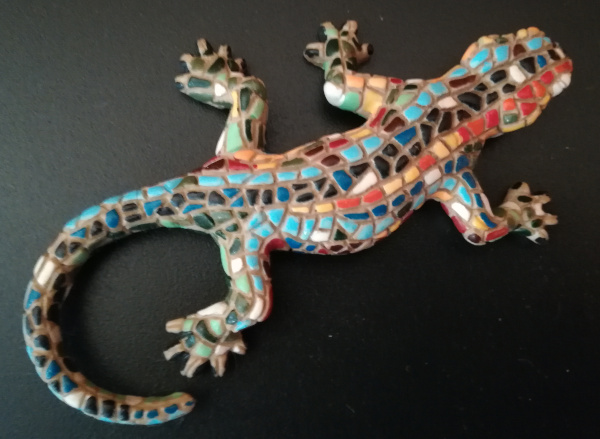Si trova su / Altri legami
© We describe the design and synthesis of OFS–1, an Osteoadsorptive Fluorogenic Sentinel imaging probe that is adsorbed by hydroxyapatite (HAp) and bone mineral surfaces, where it generates an external fluorescent signal in response to osteoclast–secreted cathepsin K (Ctsk). The probe consists of a bone–anchoring bisphosphonate moiety connected to a Förster resonance energy transfer (FRET) internally quenched fluorescent (IQF) dye pair, linked by a Ctsk peptide substrate, GHPGGPQG. Key structural features contributing to the effectiveness of OFS–1 were defined by structure–activity relationship (SAR) and modeling studies comparing OFS–1 with two cognates, OFS–2 and OFS–3. In solution or when preadsorbed on HAp, OFS–1 exhibited strong fluorescence when exposed to Ctsk (2.5–20 nM). Time–lapse photomicrographs obtained after seeding human osteoclasts onto HAp–coated well plates containing preadsorbed OFS–1 revealed bright fluorescence at the periphery of resorbing cells. OFS–1 administered systemically detected early osteolysis colocalized with orthotopic engraftment of RPMI–8226–Luc human multiple myeloma cells at a metastatic skeletal site in a humanized mouse model. OFS–1 is thus a promising new imaging tool for detecting abnormal bone resorption.


